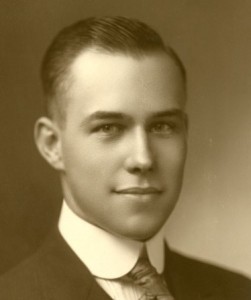"The right of citizens of the United States to vote shall not be denied or abridged by the United States or by any State on account of sex. Congress shall have power to enforce this article by appropriate legislation."
-19th Amendment of the Constitution-
After more than 50 years of fighting, women's suffrage came down to a single voting process. Though the shortest stage, taking only a year and a half, ratification is "the most difficult political test that the NAWSA activists would face."(Citation) (NAWSA, an acronym for the National American Women Suffrage Association.)
Ratification is the official approval of a law or amendment, usually decided by vote. This amendment needed 36 state legislatures to vote "aye" in order for it to become a law, for women to receive the rights they desired. Each state had it's own individual suffragists that would push for their representative to vote in approval of the amendment. But, each state also had antisuffragists that were working for the opposite result.
All this work, these fifty plus years of pushing and praying and begging and persuading, led to the vote of one man.
Henry Burn, the Tennessee Rep, was the only one left to vote. But, as he was about to vote, something made him pause, and rethink his choice. His elderly mother was a suffragist, and earlier on, she had made him promise that if things ended up as a tie, with his vote deciding whether or not women got the rights they so longed for, he would vote "aye". And so, Burn rose, and gave his vote. The tie was broken, and women had their rights.
All this work, these fifty plus years of pushing and praying and begging and persuading, led to the vote of one man.
Henry Burn, the Tennessee Rep, was the only one left to vote. But, as he was about to vote, something made him pause, and rethink his choice. His elderly mother was a suffragist, and earlier on, she had made him promise that if things ended up as a tie, with his vote deciding whether or not women got the rights they so longed for, he would vote "aye". And so, Burn rose, and gave his vote. The tie was broken, and women had their rights.










